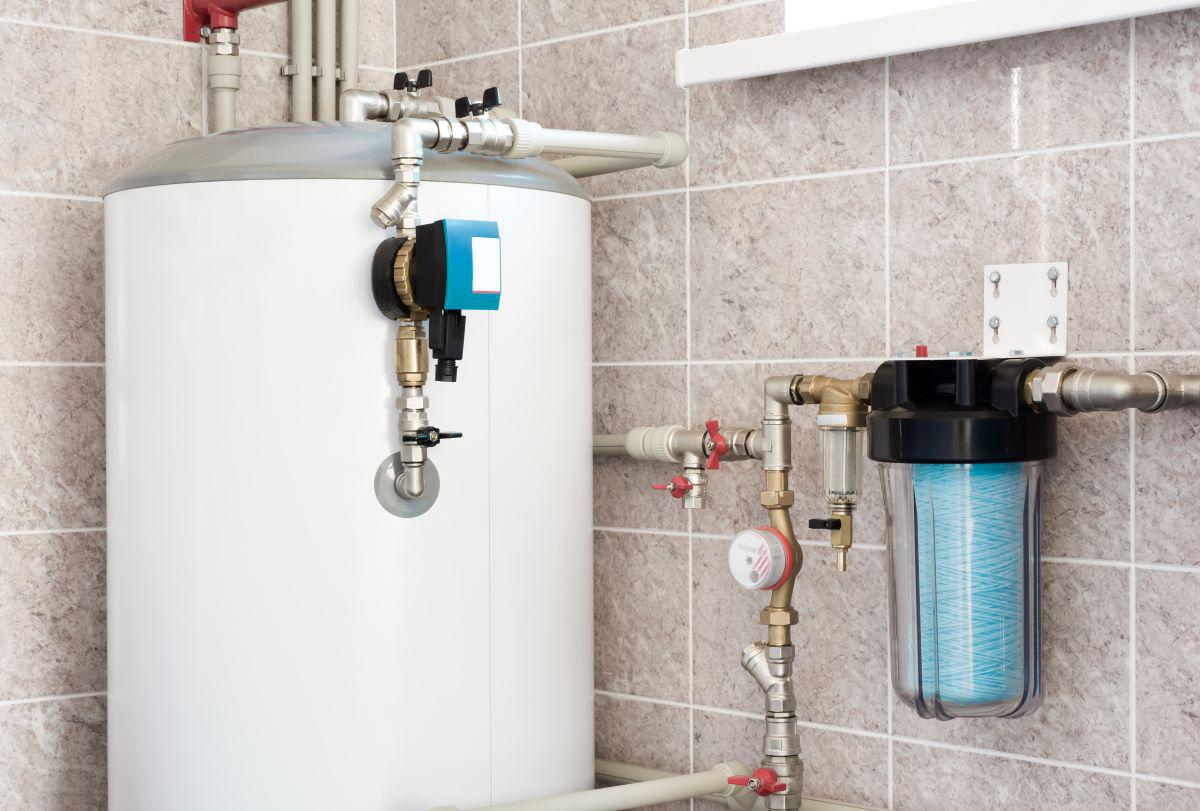
Your water heater works hard to provide hot water for your home each day so you can run loads of laundry, take a shower, or do the dishes with ease. Like any home appliance, it requires routine care to operate efficiently. If you’ve ever had your hot water go out unexpectedly, you know how inconvenient and expensive emergency repairs can be. The good news is that a few simple water heater maintenance steps can help prevent breakdowns, extend the life of your unit, and reduce energy bills. Here’s how to keep your water heater in optimal condition so that it delivers reliable hot water when you need it.
1. Flush the Tank Regularly
Over time, minerals in your water supply settle in the water heater’s tank, creating a layer of sediment. This forces your system to work harder to heat the water, which can lead to overheating, rumbling noises, or damage to the tank lining. Flushing the tank helps remove this buildup. Most manufacturers recommend flushing at least once a year. In areas with hard water, you may need to flush every six months to prevent excessive mineral deposits. If your municipal water is very clean, every 18–24 months may be sufficient. When you call Benjamin Franklin Plumbing®, one of our professional plumbers will safely shut off the power or gas, connect a hose to the drain valve, drain the sediment, and refill the tank properly.
2. Check and Replace the Anode Rod
The anode rod plays a vital role in preventing corrosion inside your water heater tank. It attracts corrosive minerals, protecting the tank lining from rust. Over time, the rod itself corrodes. Have the rod inspected every two to three years, or sooner if you have hard water. If the rod is heavily corroded, less than ½ inch in diameter, or more than half worn away, it’s time for a replacement. Our licensed plumbers can swap out an old anode rod for far less than the cost of a premature water heater replacement.
3. Adjust the Thermostat
Many water heaters come factory-set at approximately 140°F (60°C), which is often higher than needed. Lowering the thermostat to around 120°F (49°C) keeps water hot enough for daily use while reducing standby heat loss, saving energy, and lowering the risk of scalding injuries — especially important for households with children. While lowering the temperature may slightly slow mineral buildup, scale is primarily caused by water hardness and heat over time, so this change is more about safety and energy savings than completely preventing scale.
4. Insulate the Tank and the Pipes
If your water heater is located in an unheated area like a garage or basement, it loses heat faster. Adding insulation around the tank reduces standby heat loss, so the heater doesn’t work as hard. Insulating the first few feet of hot water pipes extending from the tank can help water heat faster at the tap and reduce wasted energy. These simple upgrades often pay for themselves in lower heating bills.
5. Test the Temperature and Pressure Relief Valve
Your water heater’s temperature and pressure (T&P) relief valve prevents dangerous pressure build-up inside the tank. It automatically releases water if pressure gets too high. This valve should be tested once a year, but because older or corroded valves may stick open after testing, we recommend having a licensed plumber perform this check. If you do test it yourself, lift the lever briefly and let it snap back — you should hear a short burst of water into the discharge tube. If nothing happens or it continues leaking, call us to replace it immediately.
6. Schedule Professional Inspections
No matter how handy you are, an annual professional inspection is essential. Our plumbers check for leaks, corrosion, sediment build-up, worn parts, and signs that your water heater may need repairs. We also inspect the burners of gas models and the heating elements of electric units to ensure safe, efficient operation. Catching small problems early can prevent major breakdowns and save you from an unexpected cold shower.
Why Water Heater Maintenance Matters
Most water heaters last about 8 to 12 years, but without annual maintenance, they can fail much sooner. Preventive care reduces wear, keeps energy bills in check, and helps your system heat water efficiently for as long as possible.
Consider Upgrading to a Tankless Water Heater
Even the best-maintained tank water heater eventually reaches the end of its life. A tankless water heater is a long-term solution that heats water on demand instead of storing it. This eliminates standby heat loss and can last up to 20 years with proper maintenance. You’ll enjoy continuous hot water — as long as the system is sized correctly for your home — and free up valuable floor space since tankless units mount to the wall. For the best results, our plumbers can help you choose a model sized to meet your household’s hot water needs.
Keep Reliable Hot Water Flowing for Years
Your water heater works hard for your family, and it deserves the same care you give other major appliances. Flushing the tank, checking the anode rod, adjusting the thermostat, adding insulation, testing safety features, and scheduling annual inspections all extend its lifespan. Benjamin Franklin Plumbing® can also help with other plumbing needs, from garbage disposal clogs to sewer line issues. Contact us today to set up a water heater maintenance routine that keeps your hot water flowing year-round.

 Your Privacy Choices
Your Privacy Choices